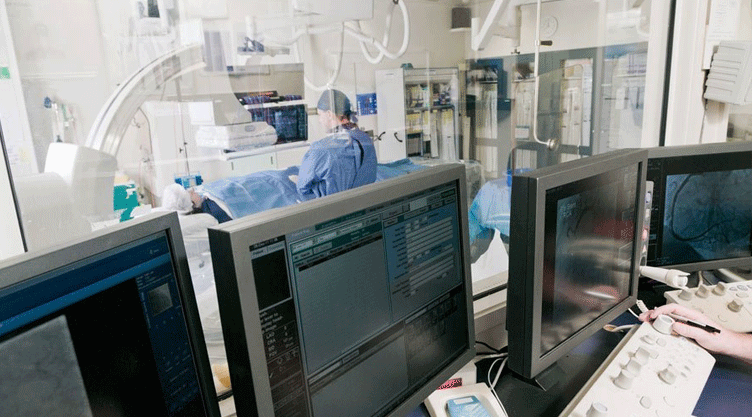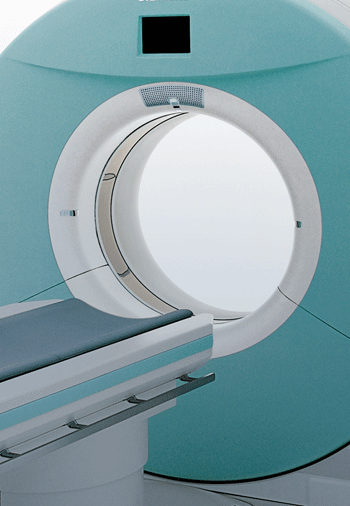
Percutaneous Transluminal Coronary Angioplasty (PTCA)
Commonly known as balloon angioplasty, PTCA is a procedure that reshapes coronary arteries that have been severely blocked by atherosclerotic plaque so as to restore blood supply to heart muscle. A catheter with a deflated balloon at its tip is first inserted into an artery in the patients leg, and then gradually manoeuvred to the blocked or narrowed section of the affected coronary artery. After the balloon has been positioned across the most narrowed area, it is inflated and deflated several times. The pressure exerted by the balloon as it expands widens the opening of the affected artery, thus improving blood supply to the heart. After the procedure, the balloon is deflated and the catheter removed. The patient is then closely monitored through X-rays of his reshaped coronary arteries to see if there is an improvement in blood flow. In general, angioplasty is a low-risk procedure with a high success rate of approximately 90%. The extent to which a blocked coronary artery is widened by angioplasty may, however, vary significantly from individual to individual.
Stent Implantation
A patient who has undergone PTCA / balloon angioplasty may eventually find his affected coronary artery becoming constricted again over time. In this scenario, a stent in the form of a metallic coil or mesh may be inserted into the artery to act as a scaffolding to keep the vessel open. As with angioplasty, stent implantation has a relatively high success rate of nearly 90%. Patients who have undergone this procedure may, however, subsequently have to take blood thinners to prevent blood within their coronary arteries from clotting.
Coronary Artery Bypass Grafting (CABG)
A patient with chest pains (angina) may not be a suitable candidate for either angioplasty or stent implantation if he has atherosclerosis (narrowing of arteries due to deposits of fatty material on the inner walls). In this case, CABG may be recommended.
CABG involves creating a new route for blood to flow around the blocked region of the coronary artery. Usually, healthy blood vessels from other parts of the body are used as grafts to bypass the obstructed portions. The blood vessels chosen as grafts are usually extra vessels and will not be missed when removed. One end of the graft is attached to the aorta, and the other end to that part of the affected coronary artery, which lies downstream of the blockage. In this way, oxygenated blood is able to flow through the coronary artery via an alternative route. If more than one blockage is present in the patients coronary arteries, multiple grafts will be needed.
Patients can expect full recovery from the procedure within six months. If the operation is successful, he can expect a dramatic improvement in his cardiac condition.
Implantation of Electrical Devices
Two types of electrical devices that may be used in invasive cardiac therapy are pacemakers and defibrillators.
A pacemaker is an electrical device typically used to regulate the heartbeat in patients with severe arrhythmia
by stimulating the heart muscle and regulating its contractions. The pacemaker will constantly monitor its
owners heartbeat and will emit a tiny electrical pulse to stimulate the heart into beating if there is too long
an interval between its last beat and the next. A pacemaker can be either programmed externally to cause the
patients heart to beat at a specific rate, or fitted with built-in sensors to regulate his heart rate according
to his physiological needs.
A defibrillator is a device used to pass high voltage currents through a critical part of the heart to restore
electrical conduction and coordinated contractions of the heart. Although defibrillators are usually used
externally, they may sometimes be implanted within the patients body.
